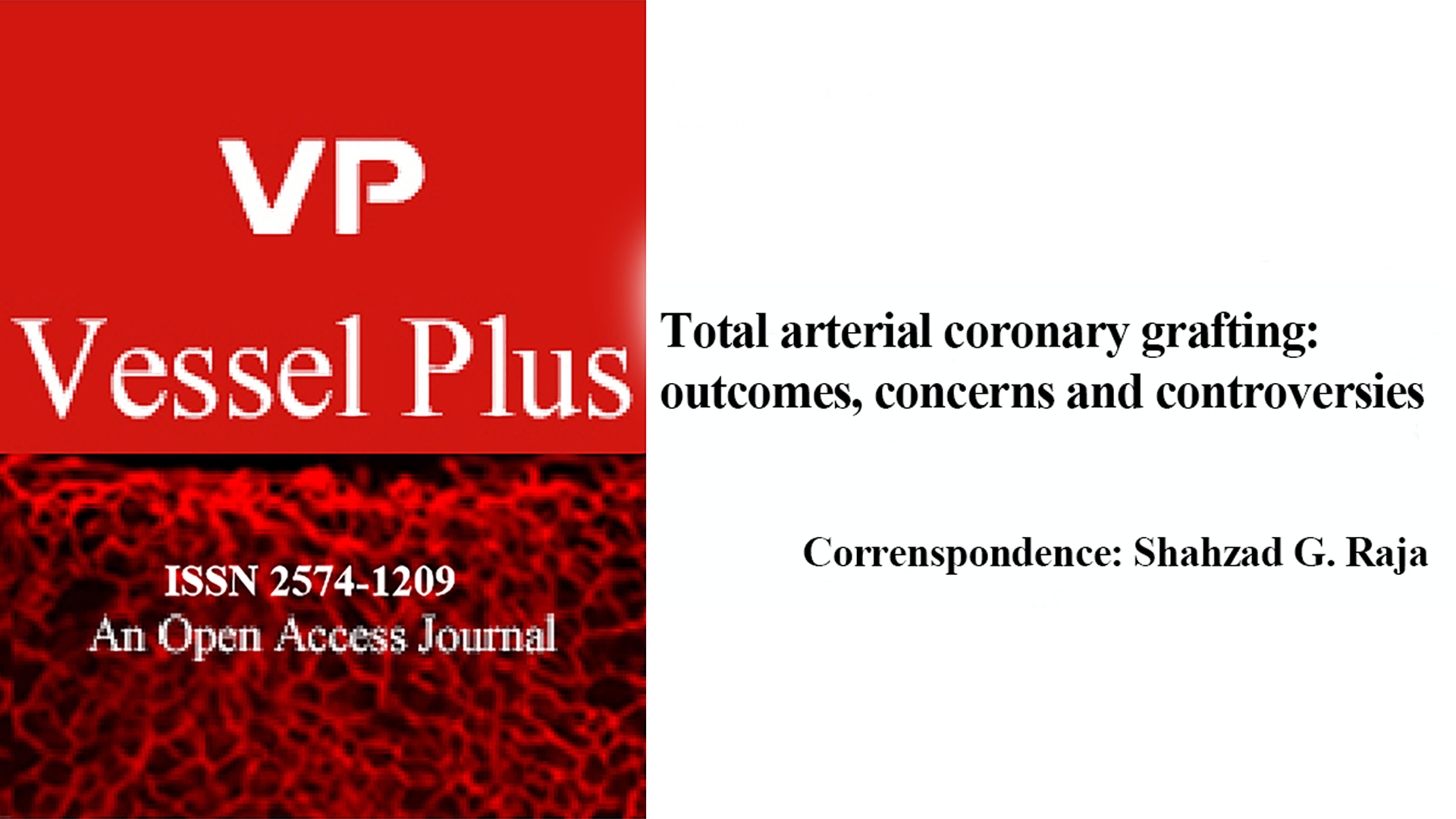Total arterial coronary grafting: outcomes, concerns and controversies
Choice of conduit remains the Achilles heel of coronary artery bypass grafting. Conduit choice is crucial as it is deemed to influence the long-term outcomes. While the important survival advantage of a left internal mammary artery graft over vein grafts is universally accepted, controversy reigns supreme regarding the next best conduit. There is plenty of evidence to suggest that arterial grafts are not only superior in terms of patency and survival, but they also protect the native coronary arteries against further progression of atherosclerotic disease. Total arterial coronary grafting, utilizing various configurations of bilateral internal mammary arteries, radial artery and occasionally right gastroepiploic artery is a safe and reproducible strategy. However, concerns about additional operative time, enhanced technical complexity, graft spasm with hypoperfusion, competitive flow, increased risk of bleeding, deep sternal wound infection, and most importantly lack of randomized trial data have prevented the universal adoption of total arterial coronary grafting. This review evaluates the currents outcomes of total arterial coronary grafting and summarizes the concerns and controversies associated with this strategy.
